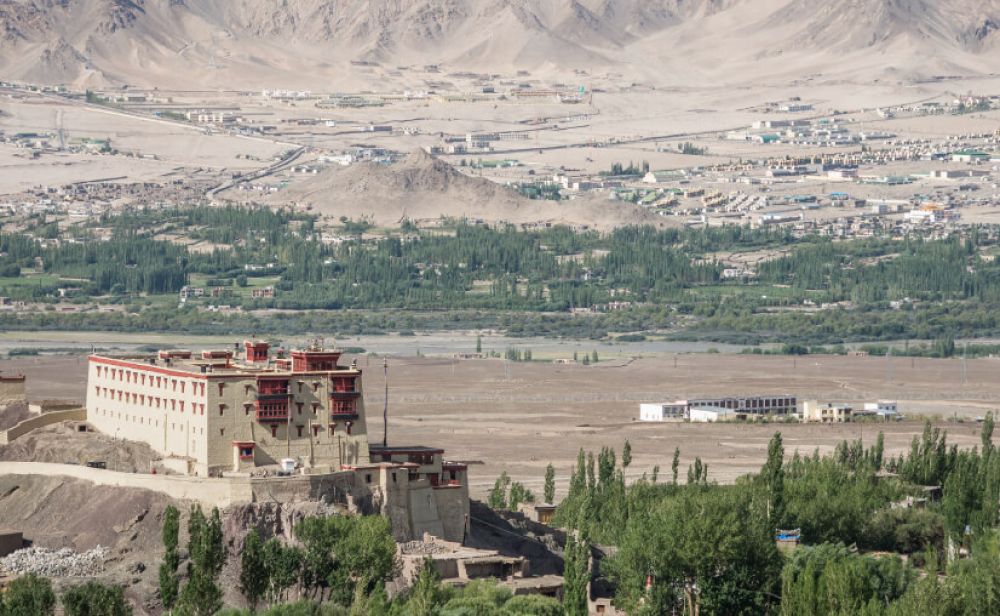

The serene and majestic Stok Palace, situated in the Stok village of the Leh district in Ladakh, India, has been a beacon of history and culture for the region. Serving as the residence of the royal family of Ladakh, the palace has stood the test of time and has been an integral part of the region's tourism for years.
The grandeur of Stok Palace, which dates back to the 19th century, is a testament to the architectural and cultural heritage of Ladakh. Constructed in 1820 CE by King Tsespal Tondup Namgyal, the palace has gracefully embraced modernity while preserving its traditional essence. As the current abode of the Namgyal descendants, the palace has been partially converted into a museum showcasing royal artifacts, including royal crowns, precious heirlooms, and Buddhist thangka paintings.
Tourism in Stok Palace gained momentum when Ladakh opened its doors to tourists in the 1970s. The allure of its untouched beauty and the chance to witness the royal legacy of Ladakh attracted travelers from across the globe. The establishment of the museum within the palace grounds offered a tangible connection to Ladakh's past for visitors, making it a prominent tourist attraction.
In recent years, the palace has embraced tourism by offering a heritage stay experience, providing an opportunity for visitors to live amongst the grandeur of the royal residence. This initiative allows the blend of culture, history, and hospitality to create a unique and immersive experience for guests.
The latest tourism trends in Leh include responsible and sustainable tourism, with a focus on preserving the local culture and environment. Adventure tourism continues to thrive, with trekking, mountain biking, and river rafting being popular activities. Moreover, experiential travel is on the rise, with tourists seeking authentic experiences that connect them with local traditions and lifestyles, such as participating in Ladakhi festivals and savoring local cuisine.
With the growth in tourism, there are also concerns about the impact on the region's fragile ecosystem and the need for sustainable tourism practices. Efforts are underway to ensure that the rich cultural heritage and the pristine environment of Ladakh are preserved for future generations. Promoting off-season travel to reduce overcrowding and ensuring that tourism benefits local communities are steps being taken to keep this balance.
As a destination steeped in history and rich cultural experiences, Stok Palace continues to be a testament to both the past and future of tourism in Leh, Ladakh. It stands as a proud reminder of a regal lineage and an opportunity for visitors to connect with the soul of this enchanting land.